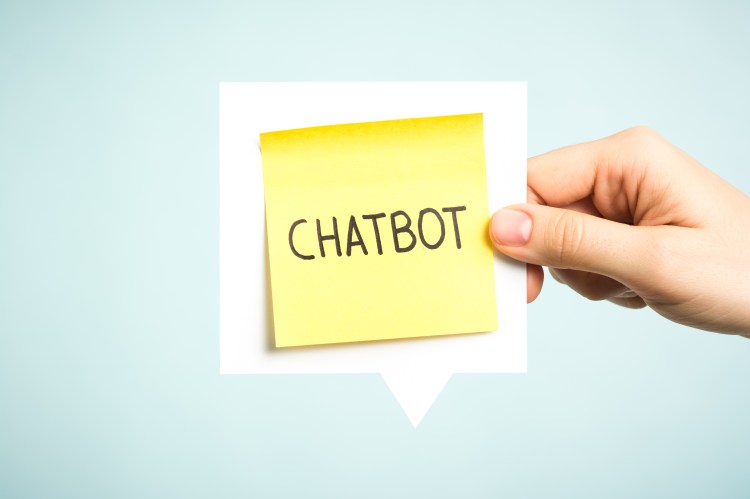Since the launch of the Facebook Messenger API, developers have flocked to chatbot development. Developers are now offering chatbot development services and creating chatbot builders. At Botsify, I have been working on chatbot development for more than six months. Here are a few issues, based on my observations, that all developers should look out for.
1. NLP is good, but not there yet
I have used several platforms, including Wit.ai and API.ai, but developers are looking for better options when it comes to natural language processing. Conversations — understanding their context and the related language semantics — are hard. One can ask the same thing in different ways by changing the wording, but the A.I. engines are not fully addressing that. So my first tip is to settle on a call-to-action for the user experience wherever possible. Then, use NLP when the engines improve.
2. Don’t reinvent the wheel
Last week, one of my university colleagues knocked at the door of my office to discuss the best way to create an NLP engine that’s very intelligent. Well, it takes years of effort, research, and experiments to create one. Your focus should be on building the business and the bot. Use existing platforms and NLP engines instead of writing one from scratch.
3. Use a design-first strategy
It’s always “design first” when you are building an application or a website. This same rule applies to chatbots. You have to understand the flow of the user interface and all possible interactions the user can have with the chatbot. You should draw all of the possible interactions (or stories) on paper. Once you are fully aware of what the bot is supposed to do, then jump into the development work.
4. Create reusable solutions
For every piece of code you write, follow design patterns and write reusable code. This works wonders for all chatbot queries. For example, I trained one of my wit.ai applications to answer inputs like “hi” and “do you love me” and even “you are useless”, and I reused them as my starter template for all new wit.ai applications. You can create bots with a formal tone, then tweak them to create some with a silly tone and some with a friendly tone to beef up your chatbot vocabulary.
5. Target your audience intelligently
If you are working on a chat builder product instead of a services chatbot, you should focus on a smaller market first and grow objectively. For example, I have seen a number of chatbot builders specifically focus on making a “resume” — what an amazing idea! This has two advantages. First, if you know your market very clearly, you can market your product the right way. Second, if you are jumping into a more targeted user pool, you can get their feedback really quickly, then improve your product really quickly.


